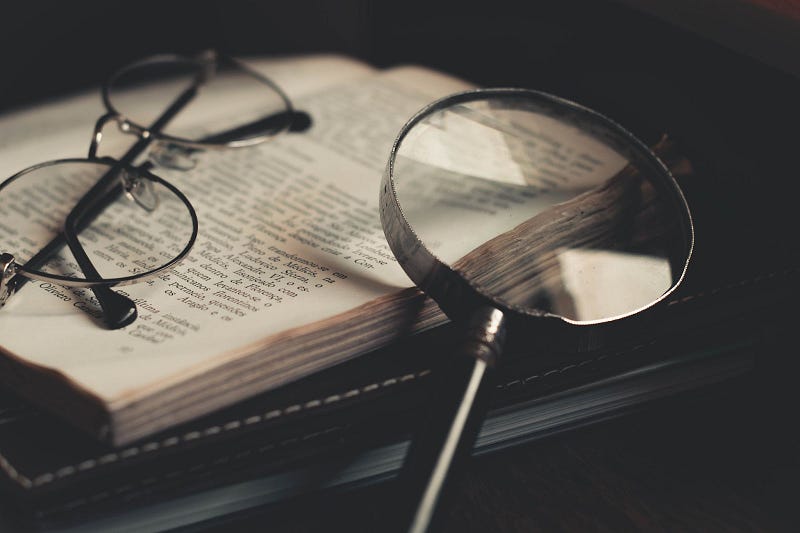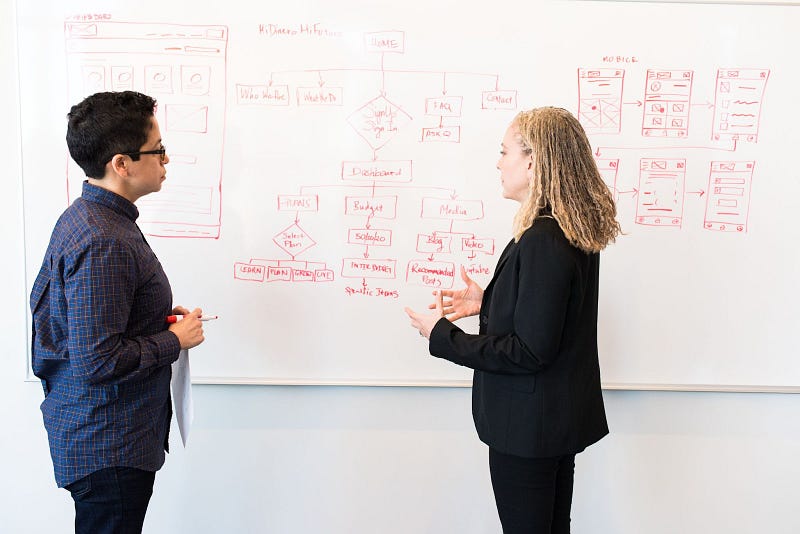In our everyday lives, we use mental models to make decisions, solve puzzles, and carry out tasks. Making decisions is one of our most frequent acts — in fact, the average adult makes over 35,000 decisions each and every day.
The Ladder of Inference is one mental model that helps us understand the ways in which we come to our conclusions. The model was created by Chris Argyris, a professor at Harvard Business School and author of numerous books on organizational behavior.
In this article, we will explore each rung in detail and discuss how to make better decisions by using the Ladder of Inference.
What is the Ladder of Inference?
According to Chris Argyris, we all make assumptions in our everyday lives. It’s how we get through the day without having to analyze every little thing we do. However, these assumptions can lead us astray if we’re not careful.
The Ladder of Inference is a mental model that helps us understand how our assumptions lead to our conclusions. The model has four rungs:
1. Facts
The first rung of the Ladder of Inference is facts. This is where we gather information from our senses; we see, hear, smell, touch, or taste something and we record it in our mind.
For instance, imagine you are at a restaurant and you see a waiter carrying a tray of food. You smell the food and it smells delicious. You may then infer that the food on the tray is also delicious. This is an inference based on your senses — you are using what you’ve seen, heard, and smelled to come to a conclusion.

2. Filtering
The second rung of the Ladder of Inference is filtering. This is where we take the information from the first rung and we process it through our preconceived ideas, biases, and emotions, filtering out the information that appears irrelevant to our decision-making.
3. Meaning and interpretation
At the third rung, we assign meaning and interpretation to the information we’ve gathered. We decide what the information means and how it relates to our decision, using our basis of what is reasonable, logical, and possible.
4. Assumptions
Everyone has pre-existing assumptions, and most of us assume that our reality is the only reality. On the fourth rung, we draw assumptions about the collected data based on our interpretation.
5. Conclusions
The fifth rung involves drawing conclusions about what we’ve perceived. We might have emotional reactions at this stage, having arrived at what we believe is a correct interpretation of the facts.
6. Beliefs
Once we’ve settled on a final decision, said decision shapes our beliefs of reality going forward. Our beliefs dictate how we filter future information and form future conclusions, continuing the cycle.
7. Action
And finally, we take action based on our beliefs. We’ve successfully completed the Ladder of Inference.
As you can see, the ladder is a cycle — it’s not a one-time event. We go through the rungs multiple times as we gather more and more information, formulating our beliefs and assumptions along the way.
The Ladder of Inference is important because it helps us be aware of how we come to our conclusions. It’s not foolproof, but it’s a useful tool for understanding how we make decisions and how we can make better decisions by being more mindful of our thought processes.
Why is the Ladder of Inference important?
While there are seemingly many rungs on the Ladder of Inference, these rungs are paced by our minds in a split second; we run up the ladder thousands upon thousands of times every day. Decisions aren’t always life-changing — they can be as simple as choosing our breakfast cereal, and we make these decisions without conscious thought.

We’re constantly making decisions, big and small, and the Ladder of Inference is a guide to help us make better ones. By understanding how we think, we can learn to take a step back and assess our thoughts before jumping to any conclusions.
The problem with inference
Our brain’s method of reaching conclusions is highly efficient, but it isn’t perfect. Humans are prone to cognitive bias; we tend to see what we want to see, and we often jump to conclusions without all of the facts.
Not only that, but we believe that our way is the only way — that our interpretation of reality is what everyone else is seeing, too.
But life isn’t like going to a cinema and watching the same movie on a big screen. Everyone interprets the world around them differently. Reality is subjective, and our interpretation of it is based on our own unique perspectives.
Refer back to the ladder for a moment. There are several rungs where we combine the data we perceive with the experiences we’ve already had and the conclusions we’ve drawn from these experiences. We then use this information to form our beliefs and opinions.
If we forget that other people interpret data based on experiences different from our own, we’re likely to misinterpret their actions and words. We might jump to conclusions about their motives, and this can lead to conflict.
The other danger of the Ladder of Inference is that it’s easy for us to get stuck on a rung, especially if we’re feeling angry or defensive. Our brain is hardwired to find evidence that supports our existing beliefs, and this can lead us to ignore information that doesn’t fit our views.
This is known as confirmation bias, and it’s one of the main reasons why we often have trouble changing our minds. With proper awareness and some effort, however, we can learn to question our own beliefs and see things from other people’s perspectives.
Using the Ladder to make positive changes
Good news — now that you’re aware of the Ladder and its implications, you can use it to your advantage! Let’s take a look at how you can use the Ladder of Inference to make better decisions in your everyday life.

Step 1: Become aware of your assumptions.
The first step is to become aware of your own assumptions. What are you automatically assuming when you make a decision? For example, if you’re considering whether or not to procrastinate your work, are you assuming that you’ll get the work done later? What evidence do you have to back yourself up?
Assumptions are necessary for our everyday lives. For instance, we assume that the milk we buy in-store is drinkable — we wouldn’t be able to get through the day without making those small, experience-based assumptions. However, some assumptions can be limiting, and it’s important to become aware of them so that you can make better decisions.
Step 2: Question your assumptions.
The next step is to question your assumptions. Are they valid? Are they helpful? Are they accurate?
Most people unconsciously make assumptions without critically examining them. This is how biases and prejudices develop. But by questioning your assumptions, you can reduce the impact of these biases on your decision-making.
Step 3: Evaluate the evidence.
Once you’ve questioned your assumptions, it’s time to evaluate the evidence. What proof do you have that your assumption is correct? Is the evidence reliable? Is it relevant?
It’s important to be critical when evaluating evidence. Be aware of the personal bias that you are mixing in with facts. Make sure that you’re looking at all the evidence, not just the evidence that supports your assumption.
Step 4: Draw a conclusion.
When you have sufficiently evaluated the evidence, you can draw a conclusion. This is your best guess as to what is most likely to happen based on the evidence you have.
It’s important to remember that your conclusion is just a guess. It’s possible that your assumption is wrong, or that new evidence will come to light that changes your conclusion. Always be prepared to change your mind if the evidence warrants it.

Step 5: Take action.
The final step is to take action based on your conclusion. This is where you put your decision into practice.
Remember, it’s important to be flexible and prepared to change your mind if necessary. The Ladder of Inference is a tool that can help you make better decisions, but it’s not perfect. Use it to question your assumptions, evaluate the evidence, and draw logical conclusions. But be prepared to adapt if new information comes to light.
Final Thoughts
In our everyday lives, we make thousands of decisions that combine to shape our experiences. From the mundane (what to wear today) to the more consequential (should I take this job?), these choices can be difficult. How do we make sure that our thinking is as clear and accurate as possible when making decisions?
The Ladder of Inference is just one of many models that can help us think more clearly and make better decisions. By understanding our own biases, habits, and assumptions, we can work to create a more accurate picture of the world around us. This, in turn, helps us make better decisions based on reality, rather than our own biases and preconceptions.
One of the most important takeaways is to remember that everyone has a different interpretation of reality, based on their own unique experiences and biases. It’s crucial to be aware of our own biases and to be open to the possibility that other people may see things differently than we do. This can help us avoid conflict, and create more understanding and collaboration in our workplaces and communities.
